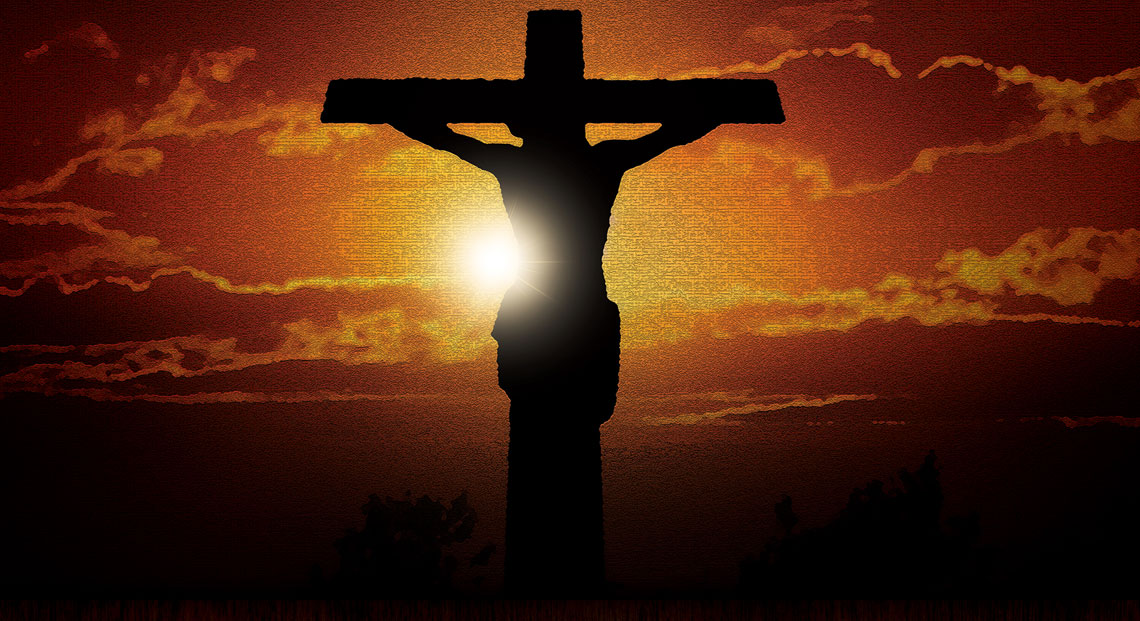Why Easter? Compilation Matthew Passion

Johann Sebastian Bach’s Matthäus Passion is considered one of the most significant and profound pieces of Western classical music. Composed in 1727, the piece tells the story of the crucifixion of Jesus Christ, as described in the Gospel of Matthew. With its elaborate choral and instrumental movements, the Matthäus Passion remains a testament to Bach’s unparalleled musical genius, and a moving expression of the Christian faith.
Composition and Structure
Bach composed the Matthäus Passion during his tenure as the music director of the St. Thomas Church in Leipzig, Germany. The piece was first performed on Good Friday in 1727, and has since become a cornerstone of the Western classical music canon. The Matthäus Passion is divided into two parts, each of which is further subdivided into various musical movements.
The first part of the Matthäus Passion begins with an opening chorus, in which the choir sets the tone for the entire piece. This is followed by a series of recitatives and arias, sung by various soloists, which tell the story of Jesus’ betrayal, trial, and crucifixion. Throughout this section, Bach employs a range of musical techniques to convey the intense emotions of the narrative, from the mournful and elegiac, to the angry and accusatory.
The second part of the Matthäus Passion picks up where the first part leaves off, with the choir singing a mournful chorus. This is followed by a series of recitatives and arias, which continue the story of Jesus’ crucifixion and burial. The second part also includes several chorales, or hymns, which are interspersed throughout the narrative. These chorales provide moments of reflection and contemplation, and are often among the most moving and memorable parts of the piece.
The final movement of the Matthäus Passion is a choral fugue, in which the choir repeats the words “Wir setzen uns mit Tränen nieder” (“We sit down in tears”). This movement, which is considered one of the most powerful and emotional moments in all of classical music, brings the piece to a close with a sense of profound sadness and grief.
Musical Techniques
One of the hallmarks of Bach’s compositional style is his use of complex counterpoint, or the simultaneous layering of multiple musical lines. This technique is on full display in the Matthäus Passion, where Bach weaves together a rich tapestry of voices and instruments to create a sound that is both intricate and deeply moving.
Another key element of Bach’s musical language is his use of harmony and tonality. Throughout the Matthäus Passion, Bach employs a range of harmonic devices, including chromaticism, modulations, and suspensions, to create a sense of tension and release. These techniques not only add to the emotional impact of the piece, but also reflect Bach’s deep understanding of the musical language of his time.
In addition to his use of counterpoint and harmony, Bach also employs a range of other musical techniques to enhance the expressive power of the Matthäus Passion. For example, he frequently employs word painting, or the musical depiction of the meaning of a particular word or phrase. In the aria “Erbarme dich, mein Gott” (“Have mercy, my God”), for instance, the solo violin line imitates the weeping of the singer, adding to the overall sense of grief and sadness.
Religious Significance
As a devout Lutheran, Bach’s music was deeply influenced by his faith. The Matthäus Passion, in particular, is a reflection of his profound religious convictions, and stands as a testament to the central tenets of the Christian faith.
Throughout the piece, Bach emphasizes the themes of redemption, sacrifice, and forgiveness, all of which are central.

